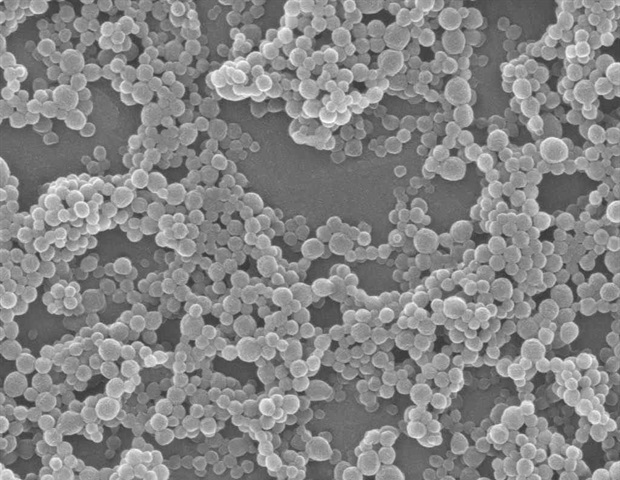
[ad_1]

A crew of College of Waterloo researchers has created good, superior supplies that would be the constructing blocks for a future era of sentimental medical microrobots.
These tiny robots have the potential to conduct medical procedures, comparable to biopsy, and cell and tissue transport, in a minimally invasive trend. They will transfer by way of confined and flooded environments, just like the human physique, and ship delicate and lightweight cargo, comparable to cells or tissues, to a goal place.
The tiny mushy robots are a most of 1 centimeter lengthy and are bio-compatible and non-toxic. The robots are manufactured from superior hydrogel composites that embody sustainable cellulose nanoparticles derived from crops.
This analysis, led by Hamed Shahsavan, a professor within the Division of Chemical Engineering, portrays a holistic strategy to the design, synthesis, fabrication, and manipulation of microrobots. The hydrogel used on this work adjustments its form when uncovered to exterior chemical stimulation. The flexibility to orient cellulose nanoparticles at will allows researchers to program such shape-change, which is essential for the fabrication of useful mushy robots.
In my analysis group, we’re bridging the outdated and new. We introduce rising microrobots by leveraging conventional mushy matter like hydrogels, liquid crystals, and colloids.”
Shahsavan, Director, Good Supplies for Superior Robotic Applied sciences (SMART-Lab)
The opposite distinctive element of this superior good materials is that it’s self-healing, which permits for programming a variety within the form of the robots. Researchers can reduce the fabric and paste it again collectively with out utilizing glue or different adhesives to type completely different shapes for various procedures.
The fabric may be additional modified with a magnetism that facilitates the motion of sentimental robots by way of the human physique. As proof of idea of how the robotic would maneuver by way of the physique, the tiny robotic was moved by way of a maze by researchers controlling its motion utilizing a magnetic subject.
“Chemical engineers play a crucial position in pushing the frontiers of medical microrobotics analysis,” Shahsavan stated. “Apparently, tackling the various grand challenges in microrobotics requires the skillset and information chemical engineers possess, together with warmth and mass switch, fluid mechanics, response engineering, polymers, mushy matter science, and biochemical techniques. So, we’re uniquely positioned to introduce revolutionary avenues on this rising subject”.
The following step on this analysis is to scale the robotic right down to submillimeter scales.
Shahsavan’s analysis group collaborated with Waterloo’s Tizazu Mekonnen, a professor from the Division of Chemical Engineering, Professor Shirley Tang, Affiliate Dean of Science (Analysis), and Amirreza Aghakhani, a professor from the College of Stuttgart in Germany. They printed their outcomes final month in Nature Communications.
Professor Hamed Shahsavan designs good programmable mushy robots
Picture Credit score: College of Waterloo
[ad_2]